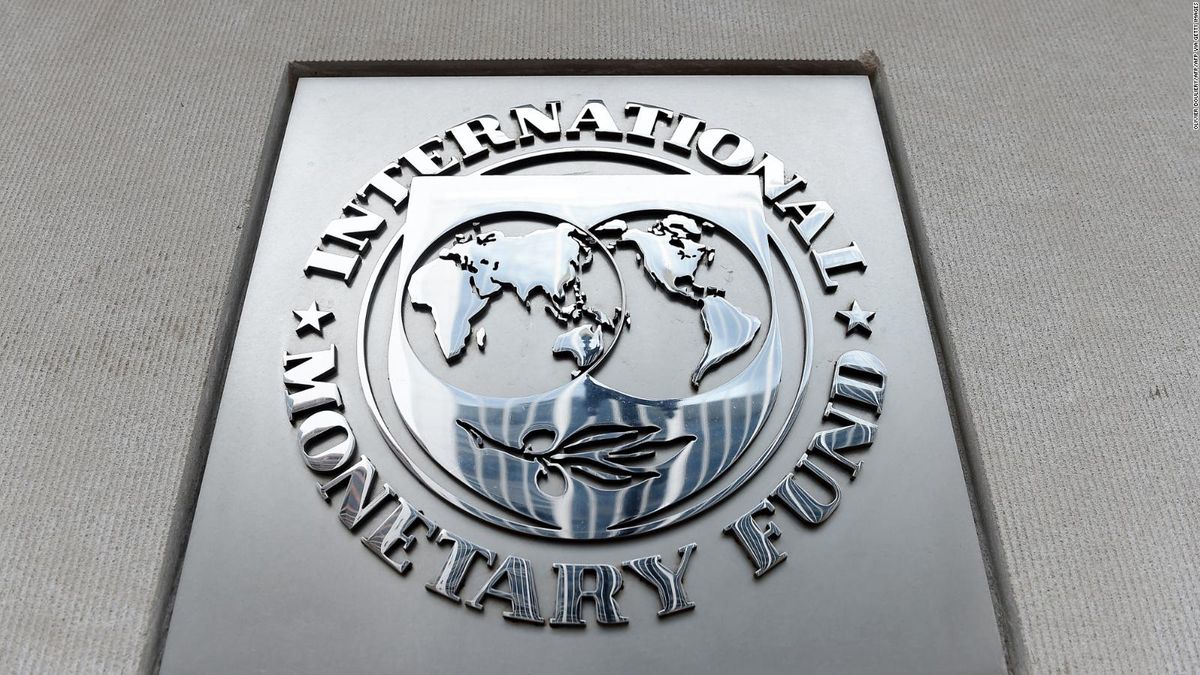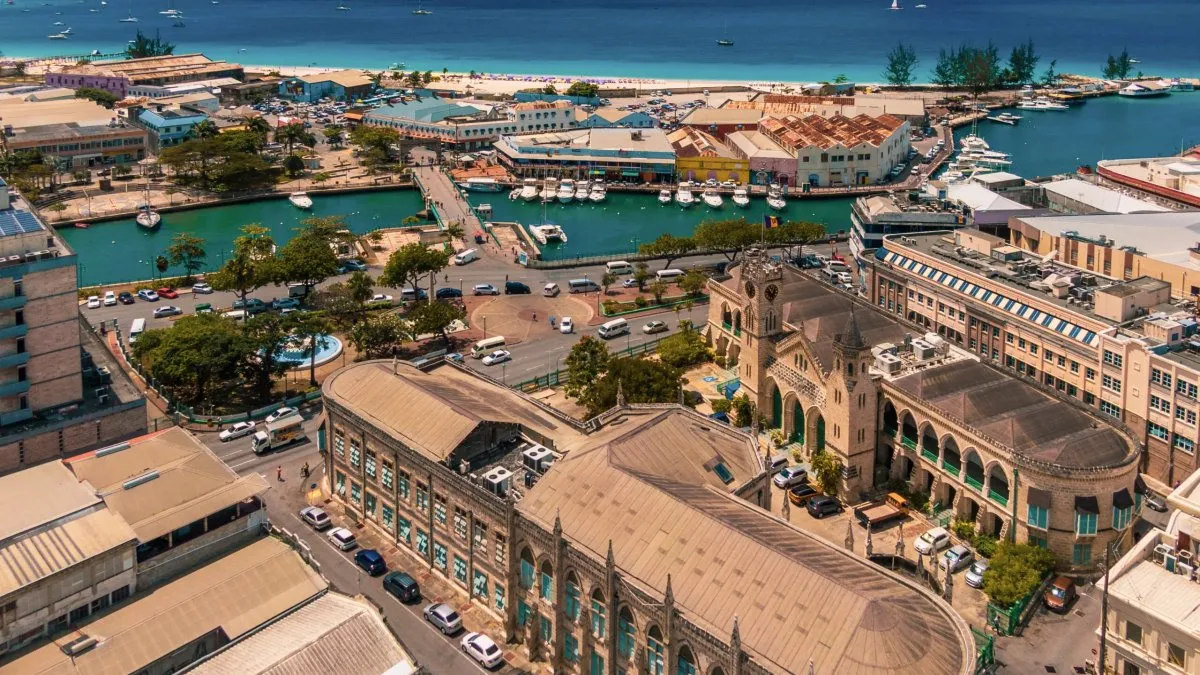In this regard, the director and deputy director of the IMF’s Strategy, Policy and Review Department, Ceyla Pazarbasioglu and Uma Ramakrishnan respectively, recently indicated that at the request of the International Monetary and Financial Committee and the leaders of the G7 and G20, they evaluated three options, not mutually exclusive.
Alternatives
The first alternative would increase the size of the FFCLP. Fund officials say that in this “they are already making satisfactory progress.” In the last 16 months, commitments of $ 24 billion in loan resources have already been received, including $ 15 billion of existing SDRs. “Although the process is far from over, since approximately $ 28 billion to $ 50 billion in additional resources are still needed for the IMF to better serve the financing needs of our low-income members in the coming years”, They point out on the organism’s blog. “We also need 2.3 billion SDR in contributions in the form of grants so that the grant account continues to provide loans through the FFCLP with zero interest,” they add for which “efforts are being made to mobilize additional resources.”
The Monday I would go on the side of create a new Trust Fund for Resilience and Sustainability (FFRS) administered by the IMF. And the third would funnel SDR to other authorized SDR holders, comprising 15 organizations, including the World Bank, some regional central banks, and multilateral development banks.
Pazarbasioglu and Ramakrishnan emphasize the idea of a new trust fund with a long-term objective, mainly linked to the structural challenges that the reconstruction of the world economy demands; recognizing that if these reforms are not implemented, economic, social and external stability is put at risk.
To this end, the proposed FFRS would support policy reforms that help improve economic resilience and sustainability, especially in low-income countries and small states, as well as in vulnerable middle-income countries. “It would aim to allow more affordable access to financing, with the granting of loans at lower rates and with longer maturities than traditional IMF loan conditions,” they explain.
This financing, in line with the mandate of the IMF, “would help to focus on the stability of the balance of payments.” This would imply consensus among member countries on the purpose of financing, such as climate change or pandemic preparedness. “For most creditors, channeled SDRs must maintain their status as reserve assets. This requires ensuring that the trust fund provides liquidity, as well as the ability for creditors to collect quickly if they have a balance of payments need, and, lastly, adequate protection against credit risks for creditors. donors ”, report Pazarbasioglu and Ramakrishnan who also propose to develop a multi-layered protection framework against credit risks that includes safeguards, financial reserves and a diversified base of creditors and borrowers to ensure that loans for the trust fund are sufficiently safe and liquid so that the channeled SDRs can maintain their status as reserve assets. Furthermore, as FFRS loans would complement IMF-supported programs, they would be accompanied by strong safeguards that would ensure macroeconomic stability.
In the meantime, In the Fund they work on the design of several additional characteristics, such as the size of the trust fund, the scope of eligibility, conditionality, the conditions of the loans and the financial architecture. The general idea is for the FFRS to be part of a broader strategy of international assistance to countries and to put it into operation in one year.
David William is a talented author who has made a name for himself in the world of writing. He is a professional author who writes on a wide range of topics, from general interest to opinion news. David is currently working as a writer at 24 hours worlds where he brings his unique perspective and in-depth research to his articles, making them both informative and engaging.




